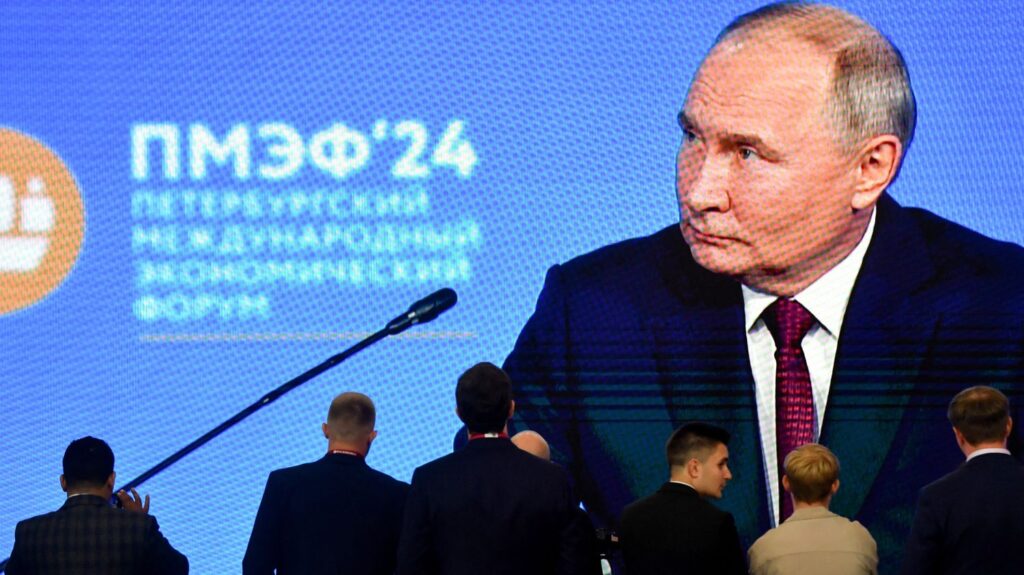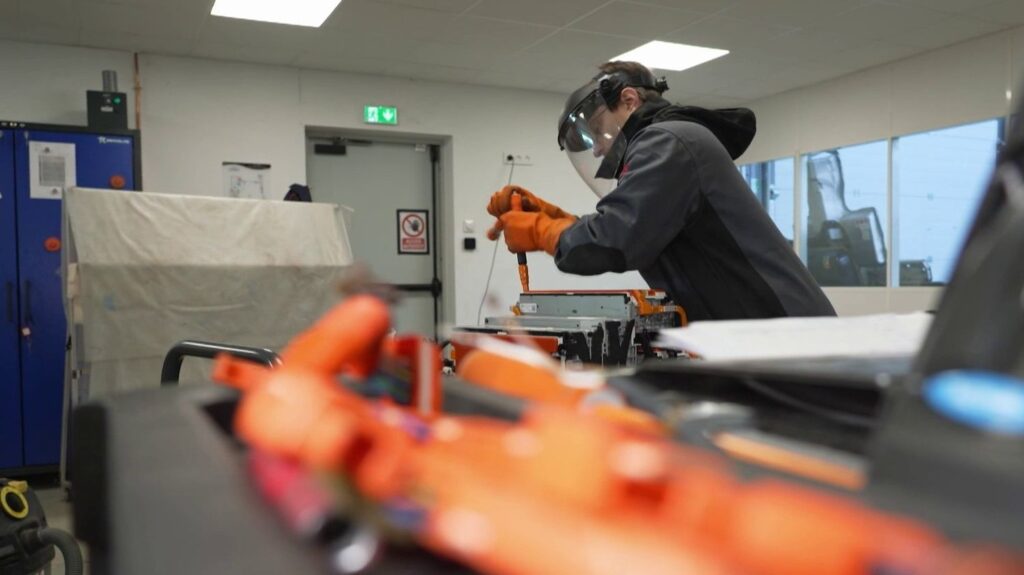The Saint Petersburg Economic Forum opens while the Russian economy gives signs of breath. After growth boosted by the war effort, the slowdown is there.
/2023/07/07/64a7df4c5fe71_placeholder-36b69ec8.png)
Published
Reading time: 1min
/2025/06/18/saint-petersbourg-68525f01d6484288275947.jpg)
The Saint Petersburg International Economic Forum in Russia opens Wednesday, June 18. For four days, Russia will try to show the world that it is not so isolated on the world economic scene and that despite the sanctions, its economy resists. This should once again be the message that Vladimir Putin will send during his traditional speech, scheduled for Friday, on the occasion of this forum. Yet the Russian economy is not going so well.
After posting an insolent growth of more than 4% in 2024, the pace slows down strongly and other indicators are in red. In the first quarter of 2025, Russian GDP fell 0.5% compared to the end of 2024. It is still too early to speak of recession, but the discourse of the Russian government has changed lately. The Minister of the Russian Economy warned against cooling the economy after an overheating period.
Artificial Russian growth, doped for subsidies in the defense sector, has reached its limits explains the Russian economist in exile Vladislav Inozemtsev: “Over the past three years, 30 to 50% of growth has been generated by the military industry. To maintain itself, it would take a new very strong increase in military spending, which seems to me is impossible. In 2025, the military budget will exceed the total of oil and gas revenues.”
The Russian economy suffers from the very high guiding rate policy – around 20% – from the Central Bank which tries to curb inflation. The non-military sectors suffer from a lack of investment and also from a lack of labor. Despite everything, even under these conditions the Kremlin can continue to finance the war in Ukraine.


